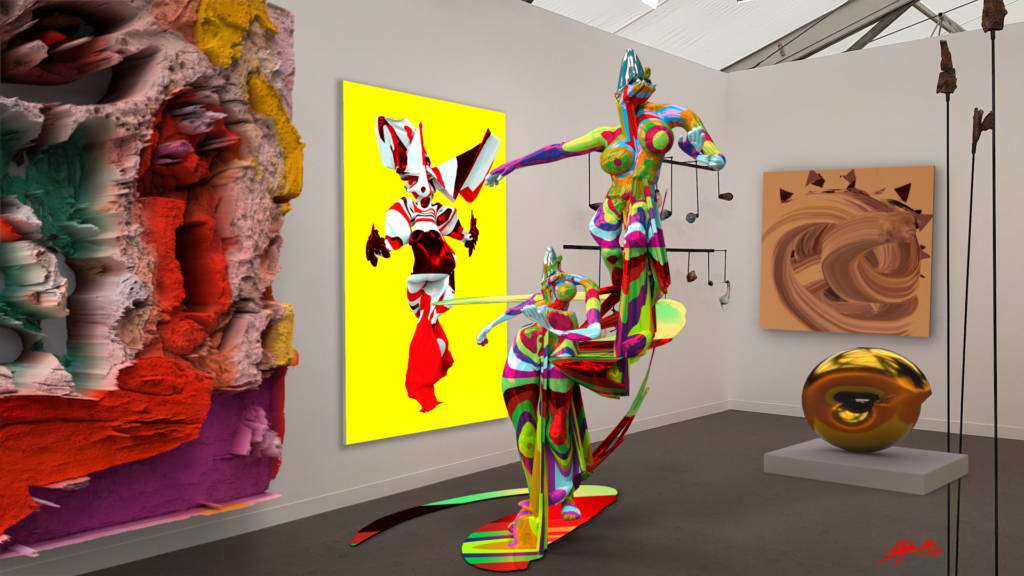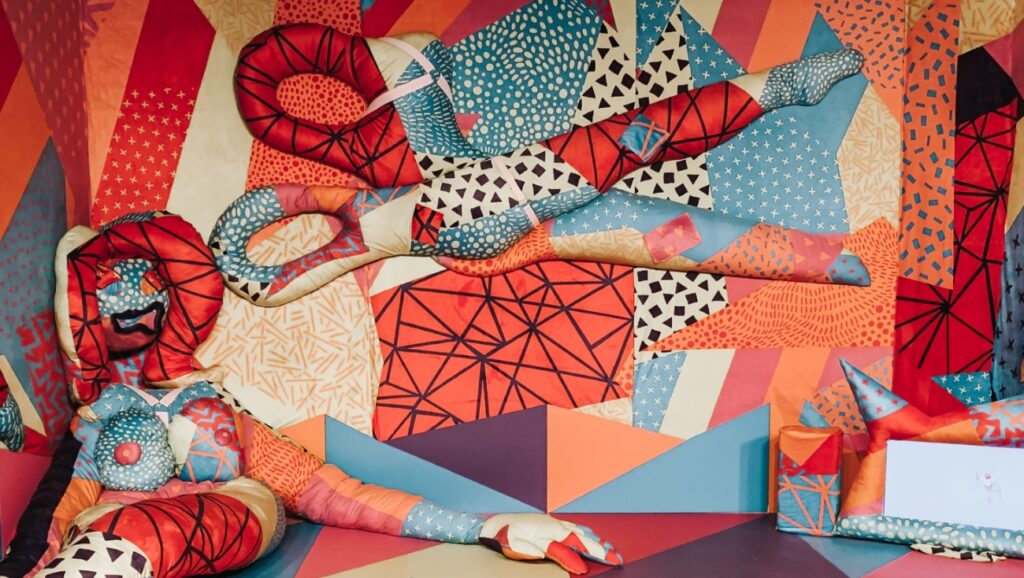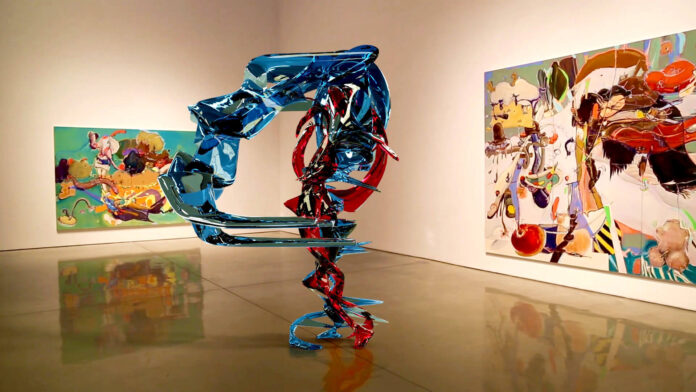Contemporary digital art define and continue to reshape the world we live in. Driven by new aesthetics, the virtual, the scientific and unimaginable logic, technology in the arts challenges our perceptions. Artists see this as the essence of creativity and science.
The changing nature of artworks, as well as the shift in public interaction and the redesign of museums and exhibition spaces, are now making more room than ever before for some of the most amazing examples of art and technology combining through digital art, kinetic works, and Internet-themed work. and its existence.
The development of digital art
If we are talking about digital art we should remember some important facts about its development.
Since the 1960s, the term “new media art” has been coined and used to describe practices that employ computer technology as an integral part of the creative process and production. Placing the term under the broad umbrella known as new media, computer production, video art, computer installations, and later Internet and post-Internet art, and virtual reality studies became recognized as artistic practices.

The interaction of technology and science, and the application of their language, has spread into space, and many computer-generated installations combine conceptual and new media. Constant technological development has created a fresh aesthetic, and many creatives who choose to create in the virtual arena of the Internet comment on the merging of the virtual and the real and question the communication and accessibility of their work on the Internet. a parallel world.
Innovative developments opened up a new platform where different authors could combine different skills and tools and offer us, as their audience, a completely original view of the present, giving their audience the opportunity to enjoy NFTs, blockchain art, and virtual galleries.
Selling paintings and other creative works online is one of the most popular ways to find clients around the world. Today there are more than a hundred different online galleries around the world. The list of the most popular virtual galleries includes ArtFinder, SaatchiArt and Artmajeur.

Art and AI
VR is a complete immersion into the digital world and the world of digital art. Augmented reality has become a mainstream phenomenon thanks to social networks and businesses. But even before this, technology was used in architecture, military affairs, medicine, and art. Its interactivity allows AR art to become accessible to more people.
In 2012, artists from Japan offered the viewer the ARART Exhibition project. They brought to life paintings by Leonardo, Vermeer, Van Gogh and Hokusai. According to the authors, media technologies make it possible to transform the structure of the real environment, adding other meanings to it and giving it a completely different value.
Digital artist Alex Mayhew presents a modern reworking of the past with his project ReBlink. In 2017, using modern technology, he brought to life nine paintings from the permanent collection of the Art Gallery of Ontario in Canada.
Brooklyn-based Iranian-born artist Marjane Maghaddam is at the forefront of art and AI. Her virtual works have received international recognition and viral distribution.
American artist KAWS and the Acute Art platform have teamed up to create art installations in augmented reality. KAWS is world famous for his Companion character, who is easily recognizable by his distinctive crosses on his eyes.

























